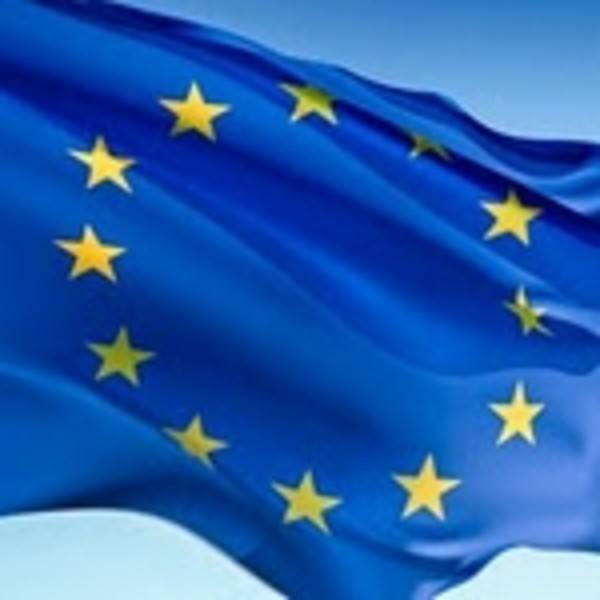What if a patent granted in the State of Texas were invalid in Delaware? If the United States were a loose federation of states, as originally envisioned by its Articles of Confederation (the forerunner to its current Constitution), the validity of an invention in one state may have been challenged by another. In the European Union – which is not officially bound by a federal government – inventors (including companies) may apply for a European patent. But then all 27 member states have to incorporate all those patents (or not) into their existing systems.

The principal agenda of Neelie Kroes since ascending to the vice presidency of the European Commission (the upper house of E.U. parliament) is to set forth the so-called “digital agenda” for the continent. But she’s also the standard bearer for a movement called the single market, where Europe as a whole is recognized as a unified trading partner. Key to her agenda is the implementation of a unitary patent system, where a European patent applies to every member country without question. It’s a slow march towards federalism, as well as a move to standardize the classifications of patents, including for software. But today, the pace of that march may have just sped up.
The Legal Affairs Committee of the European Parliament (the lower house) announced this morning it has completed work on a standard package of continental patent reform proposals, which will now be brought to 25 of the 27 member states. (Italy and Spain, for the moment, remain holdouts.) The three main components of this plan call for the following:
- A unitary patent system as an “adjunct” to existing methods. As the European Patent Office (EPO) describes it, inventors will still be able to apply for patents in their member countries, but through the authority of the EPO. From there, applicants will have the option of applying for “unitary effect” for the patent – meaning, to have it apply to all of Europe voluntarily. This option apparently addresses member states’ concerns raised in previous years, that a pan-European patent system would rob states of legitimate sources of revenue (applications fees, royalties, etc.). Some countries actually have stakes in the licensing of patents such as those protecting standards such as MP3. Under this “adjunct” system, conceivably those revenue streams would remain untouched.
- Adoption of a standardized “language regime” once a translation matrix becomes operational. In other words, until machine translation makes it possible for an application in any language to be translated into English, and from there into a member state’s language, an English-language translation of the application must be provided by the applicant whenever the language of the EPO office where the patent is being filed is French or German. This relieves the EPO, for the meantime, from the burden of translating every patent it receives into almost every other language there is.
- The creation of a single European patent court, which won’t just be a system for determining the validity of patents and patent applications. It will also serve, as the EPO describes, as “a unified patent litigation system.” The three parts of this litigation system would be a court of first instance, an appeals system, and a registry. But divisions of the first instance court will be scattered throughout the continent, with the effect being that patent infringement cases will take place on a Europe-wide level.
It may take several more years before a majority of E.U. member states adopt a unitary patent system. But once that happens, it may suddenly become economically feasible for software and intellectual property patent holders to challenge defendants in both the U.S. and Europe concurrently. With the perceived value of patents among stakeholders and holding companies alike often determined by their projected “take-home” value in future infringement suits, the question would become whether the European or American system would set the bar for the value of intellectual property worldwide.





















